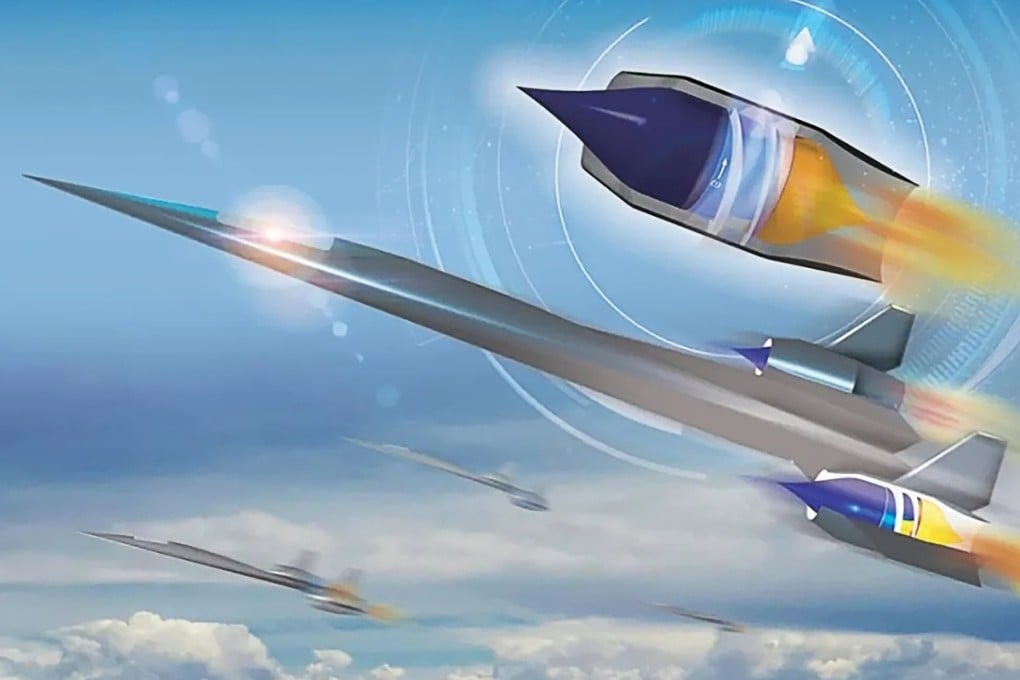Chinese scientists propose ram-rotor detonation engine for hypersonic flight
Tsinghua researchers combine ramjet-based rotor compressor with a detonation engine which they say advances propulsion technology

Although various types of detonation engines have been proposed, each traditional design has limitations: pulse detonation engines lack continuous thrust; oblique detonation engines require very high start-up speeds; and rotary detonation engines do not achieve ideal total pressure gains.

Inspired by rotary engines, researchers combined a ramjet-based rotor compressor with a detonation engine to propose a new design, termed the Ram-Rotor Detonation Engine (RRDE).
This development, published as a cover article in the 11th issue of the Chinese Journal of Aeronautics by Wen Haocheng and Wang Bing from Tsinghua University, represents a significant advancement in propulsion technology.
The RRDE features a rotating rotor with blades housed within a stationary casing. The engine operates by compressing the combustible mixture, initiating detonation combustion and expanding the gas within variable channels between the blades.
By adjusting the rotor speed, the detonation wave is maintained in a relatively fixed position within the engine, closely approximating the ideal total pressure gain and thermodynamic efficiency of a detonation cycle.
